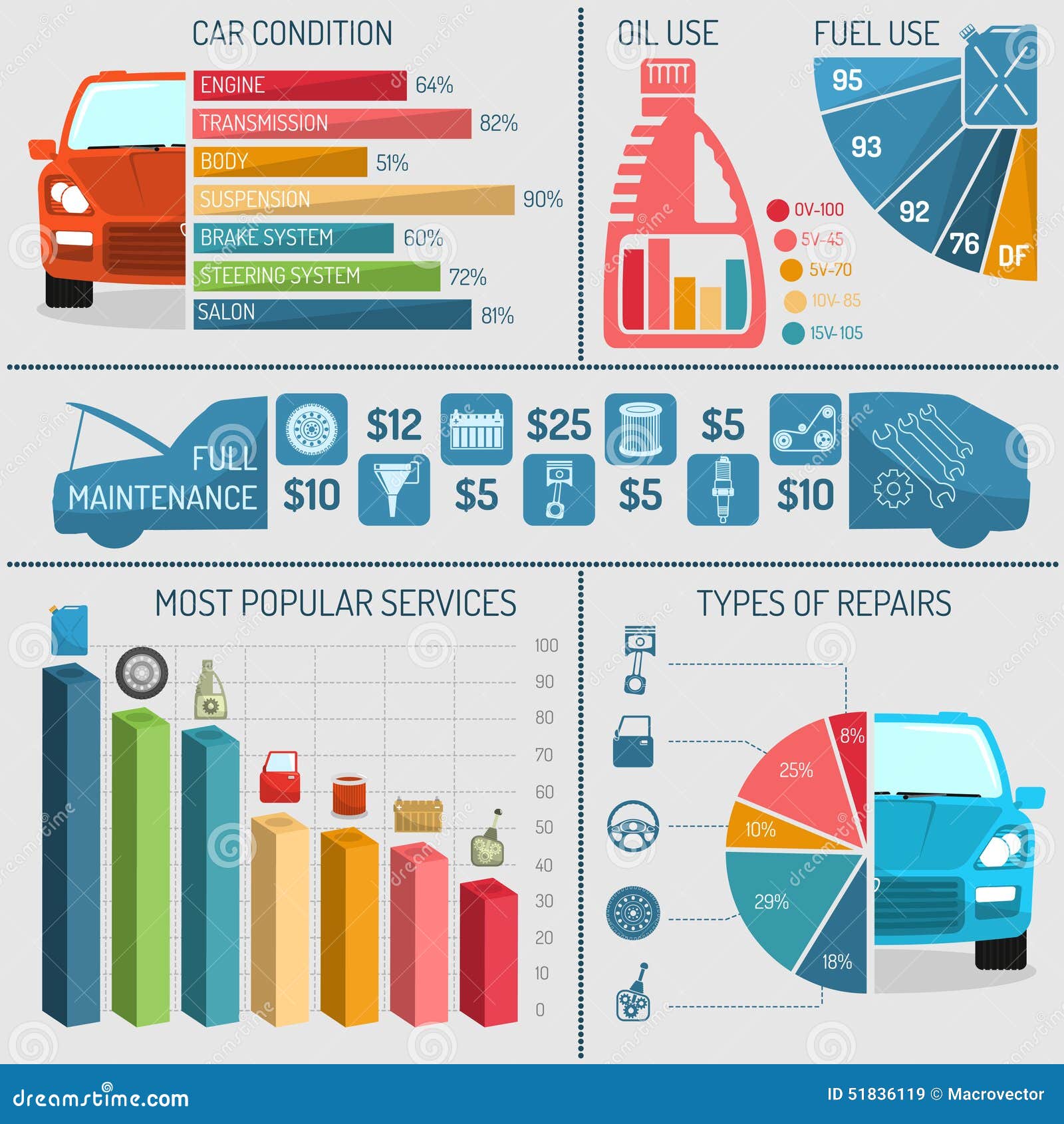Understanding The Significance Of Your Car'S Warning Signals: What They Really Stand For
Understanding The Significance Of Your Car'S Warning Signals: What They Really Stand For
Blog Article
Post By-Hartley Corbett
When you're behind the wheel, those beautiful warning lights on your control panel can be a little bit bewildering. Do you understand what they're trying to inform you about your automobile's health? Recognizing the value of these lights is essential for your security and the longevity of your automobile. So, the next time among those lights turns up, would not you intend to understand its message precisely and take the needed actions to address it?
Common Caution Lighting and Interpretations
Recognize usual warning lights in your car and comprehend their significances to make sure secure driving.
One of the most normal caution lights consist of the check engine light, which signifies problems with the engine or exhausts system. If this light begins, it's essential to have your automobile inspected immediately.
The oil pressure alerting light shows low oil pressure, needing instant attention to prevent engine damages.
A blinking battery light might recommend a malfunctioning charging system, possibly leaving you stranded otherwise dealt with.
The tire pressure tracking system (TPMS) light alerts you to low tire pressure, impacting automobile security and gas performance. Neglecting this might result in risky driving conditions.
The abdominal muscle light indicates an issue with the anti-lock braking system, compromising your capacity to quit quickly in emergencies.
Finally, car groomers near me warning light warns of engine overheating, which can cause severe damage otherwise dealt with promptly.
Recognizing these common warning lights will certainly help you attend to issues promptly and keep risk-free driving problems.
Relevance of Prompt Focus
Understanding the common warning lights in your vehicle is just the first step; the significance of immediately dealing with these warnings can not be stressed sufficient to ensure your safety on the road.
When a caution light illuminates on your control panel, it's your auto's way of communicating a possible problem that needs attention. Disregarding these warnings can result in much more severe issues in the future, jeopardizing your safety and security and possibly costing you extra out of commission.
https://airliftperformancekits40617.madmouseblog.com/10737963/essential-devices-every-automobile-repair-shop-ought-to-have to alerting lights can prevent breakdowns and mishaps. For instance, a flashing check engine light might show a misfire that, if left neglected, might cause damage to the catalytic converter. Resolving this promptly can save you from an expensive fixing.
Similarly, a brake system warning light might signal low brake fluid or used brake pads, crucial parts for your safety and security when driving.
Do It Yourself Troubleshooting Tips
If you observe a warning light on your dashboard, there are a few DIY repairing tips you can attempt before seeking expert aid.
The initial step is to consult your vehicle's manual to recognize what the particular caution light shows. Often the problem can be as straightforward as a loose gas cap setting off the check engine light. Tightening up the gas cap may deal with the trouble.
An additional usual concern is a reduced battery, which can set off various advising lights. Checking the battery connections for rust and guaranteeing they're safe and secure might take care of the problem.
If a caution light continues, you can attempt resetting it by separating the auto's battery for a few minutes and then reconnecting it. Additionally, examining your automobile's liquid degrees, such as oil, coolant, and brake fluid, can help fix warning lights connected to these systems.
Final thought
To conclude, comprehending your car's caution lights is crucial for maintaining your automobile running efficiently and safely. By without delay addressing these alerts and understanding what they suggest, you can stay clear of expensive repairs and prospective malfunctions.
Bear in mind to consult your car's manual for specific information on each cautioning light and do something about it accordingly to make certain a hassle-free driving experience.
Stay informed, remain secure when driving!
